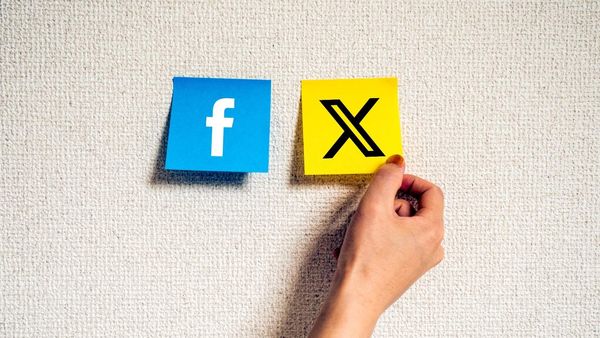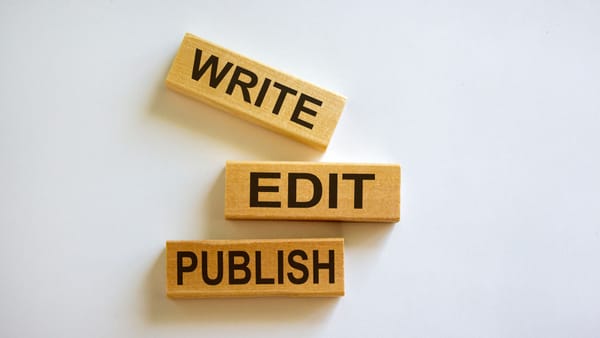You might find yourself asking, “Should I focus on Twitter, or is Facebook the better option?” Both platforms offer unique advantages, but the choice depends on what you’re looking to achieve. As someone who actively uses both, I’ve found that each serves a distinct purpose in my social media strategy.
Let’s dive into why you might choose Twitter over Facebook—and why I still use both.
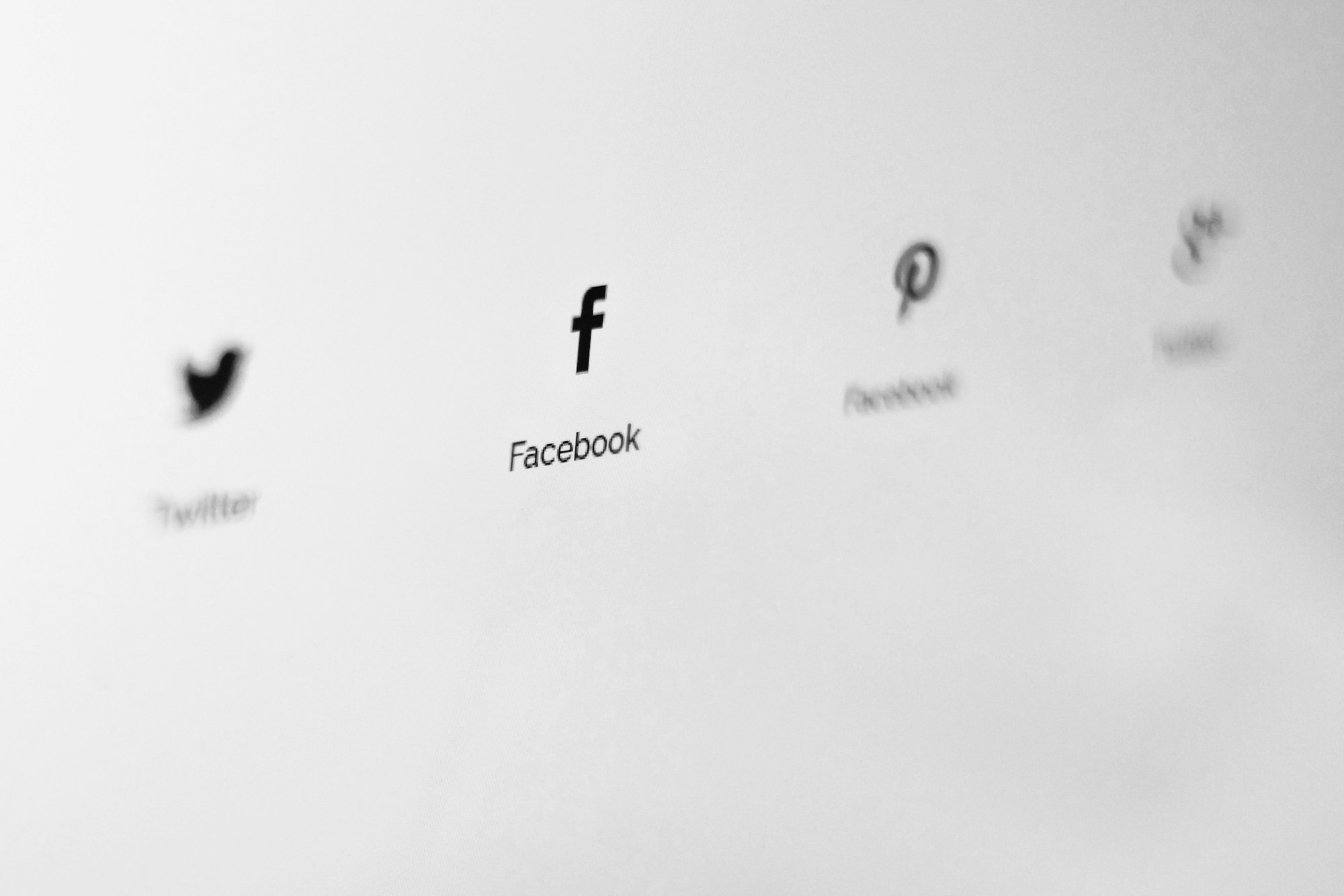
Twitter vs. Facebook: Which One Should You Use?
When deciding between Twitter and Facebook, it ultimately comes down to what you want to achieve. Twitter is the go-to platform for real-time updates, concise communication, and professional networking. Its fast-paced environment allows you to stay informed and engage in ongoing conversations without missing a beat.
On the other hand, Facebook offers a broader reach and deeper engagement opportunities, making it ideal for building and nurturing communities.
However, Twitter's unique strengths in real-time interaction and networking make it a powerful tool for those looking to connect quickly and effectively with their audience.
By using Twitter, you can efficiently share concise messages, tap into trending topics, and connect with industry leaders, making it a valuable platform for both personal and professional growth.
The Strengths of Twitter

Real-Time Updates:
Twitter is the go-to platform for staying up-to-date with what's happening in real-time. Whether it’s breaking news, live events, or trending topics, Twitter’s fast-paced environment allows users to engage with content as it happens.
This immediacy makes Twitter an excellent tool for anyone looking to stay informed and participate in current conversations.
Conciseness and Clarity:
One of Twitter’s defining features is its character limit, which encourages users to be concise and to the point. This brevity fosters clear communication and allows you to share your thoughts quickly without overwhelming your audience.
For those who prefer short, impactful messages, Twitter is the ideal platform.
Networking and Professional Connections:
Twitter is a powerful networking tool, particularly for professionals and those looking to connect within specific industries. With its open nature, you can easily follow and engage with thought leaders, experts, and influencers.
Twitter’s hashtag system also allows you to discover new conversations and connect with people who share your interests.
The Strengths of Facebook

Broader Audience Reach:
Facebook boasts a vast and diverse user base, making it an excellent platform for reaching a wide audience. Whether you’re promoting a business, sharing personal updates, or building a community, Facebook’s extensive reach ensures that your content can be seen by people from all walks of life.
In-Depth Engagement:
Facebook offers a variety of features that allow for deeper engagement with your audience. From long-form posts and articles to events and groups, Facebook enables more detailed interactions and discussions.
This makes it an ideal platform for fostering long-term relationships and building a loyal community.
Community Building:
One of Facebook’s strongest features is its ability to create and nurture communities. Whether through groups, pages, or events, Facebook provides the tools to gather people around shared interests, hobbies, or causes.
This community aspect is unmatched by most other platforms, making Facebook a valuable tool for anyone looking to build a strong, engaged audience.

Why I Still Use Both Platforms
While Twitter offers fantastic benefits for real-time updates, concise communication, and professional networking, I still find value in maintaining an active presence on Facebook.
The broader reach and deeper engagement opportunities that Facebook provides are too valuable to ignore.
Different platforms cater to different audience segments, and I don’t want to lose the connections I’ve built on Facebook.
By using both platforms, I’m able to maximize my reach and engage with a wider audience. This balanced approach allows me to leverage the strengths of each platform without sacrificing any potential connections or opportunities.
How to Use Circleboom
Balancing multiple social media accounts can be time-consuming, but tools like Circleboom make it easier than ever to manage and post content across different platforms.

Here’s how you can use Circleboom to streamline your social media management:
Step #1: Go to Circleboom Twitter and Log In
Open your browser and go to Circleboom Twitter.
If you don’t have an account, sign up and connect your Twitter/X profile in just a few clicks.
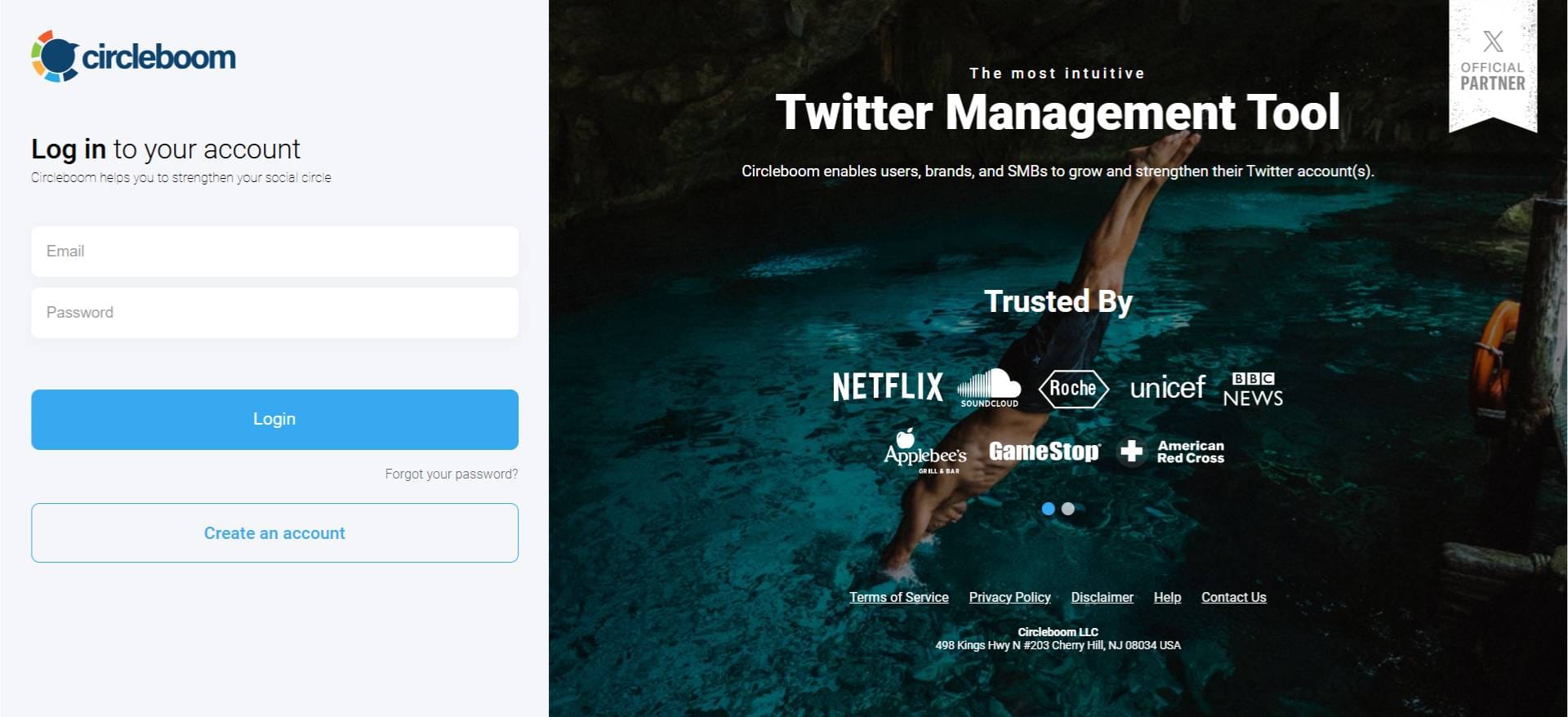
Step #2: Open Account Settings
Once you’re inside the dashboard, look at the left-hand menu and click the gear icon labeled Account Settings.
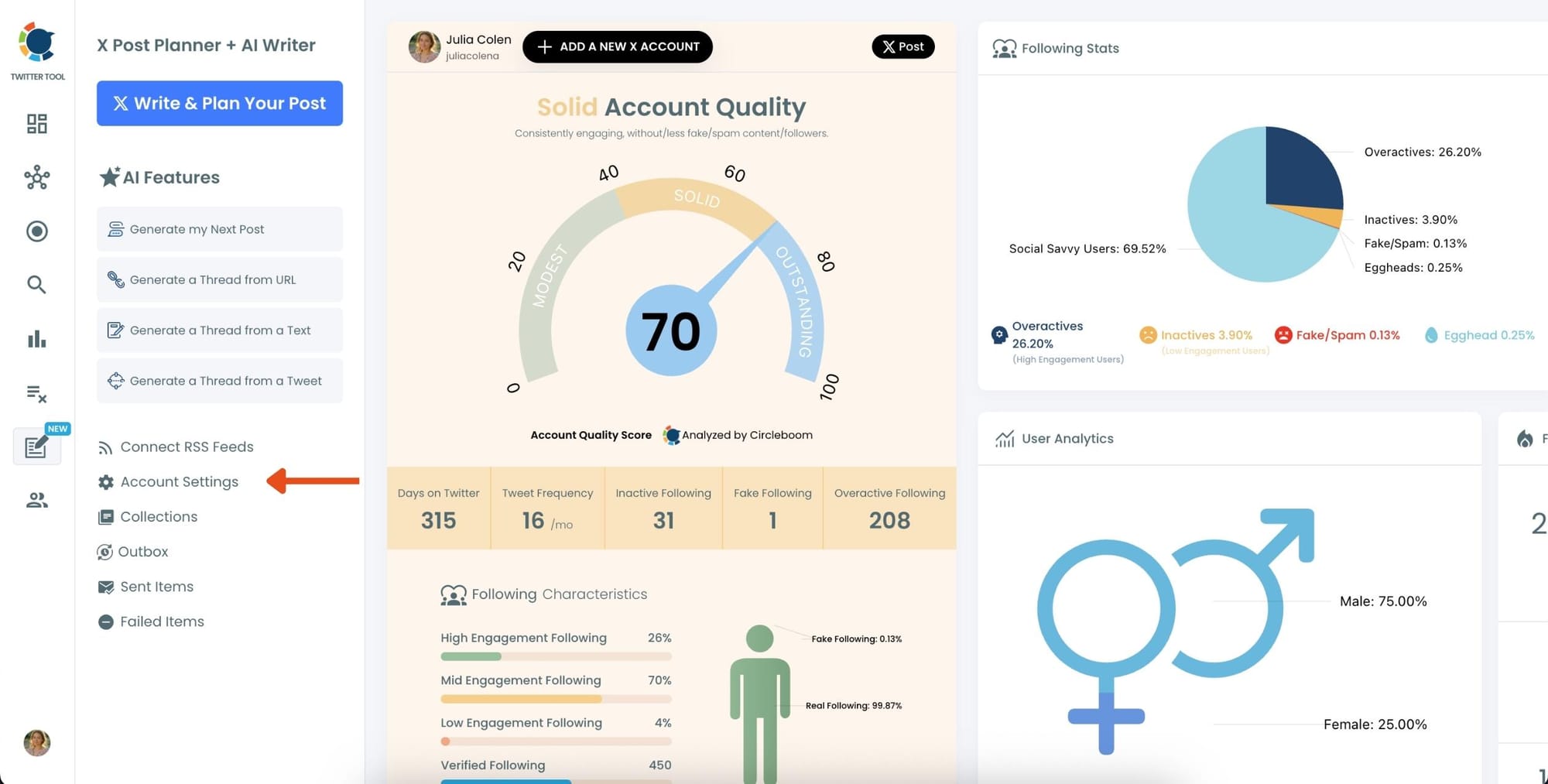
Step #3: Go to “Crosspost Accounts” Tab
Within Account Settings, switch to the Crosspost Accounts tab.
You’ll see cross-posting options for: Bluesky, Threads, LinkedIn, Facebook
Click on the platform(s) you want to connect.
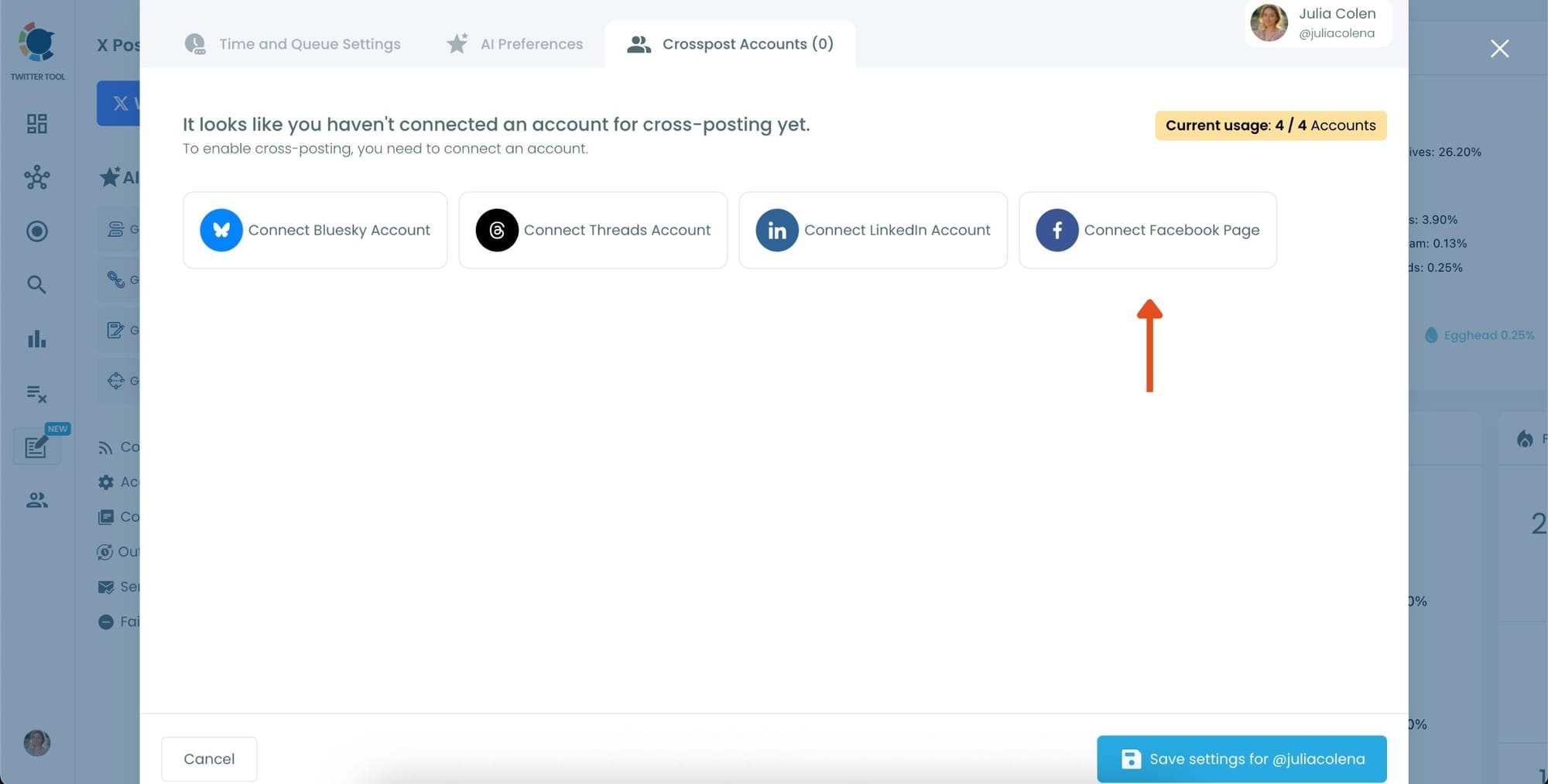
Step #4: Create and Post a Tweet
Head back to the X Post Planner and create your tweet.
You can upload images or videos, add a GIF, pull high-quality photos directly from Unsplash, or design something custom using Canva—all without leaving Circleboom.
These media options are available under the image icon in the editor.
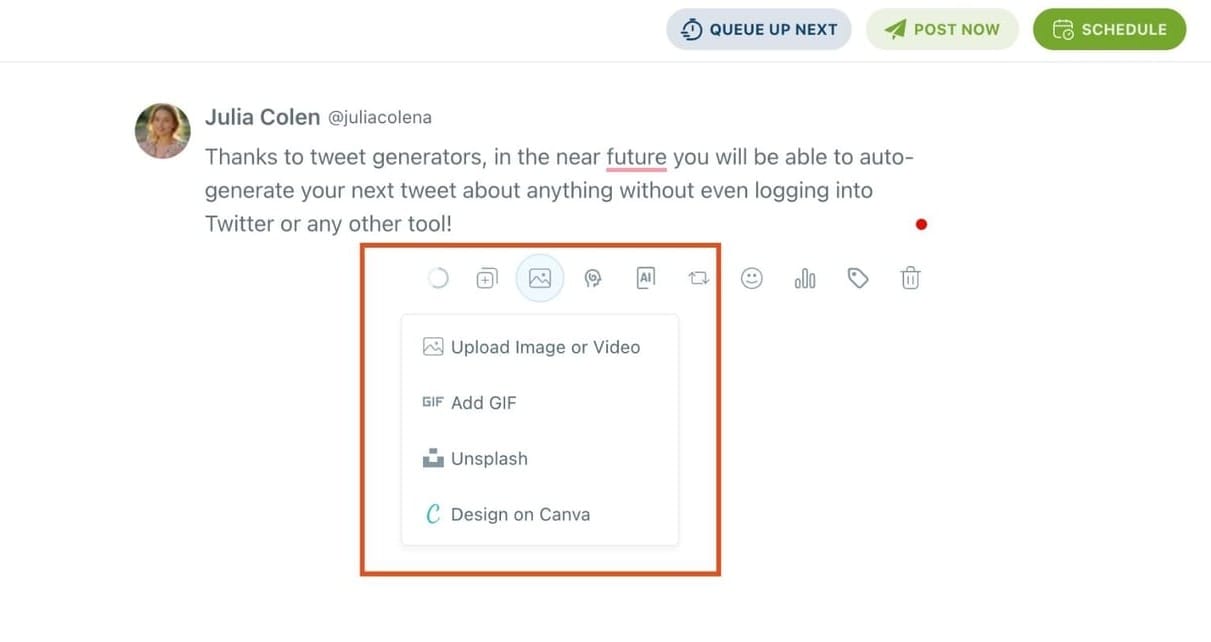
Step #5: Use AI to write and improve your text
You can create a new tweet or rewrite your tweet with the AI Tweet Generator to make it more punchy, add emojis or hashtags, fix grammar, rephrase for clarity, or even continue writing where you left off.
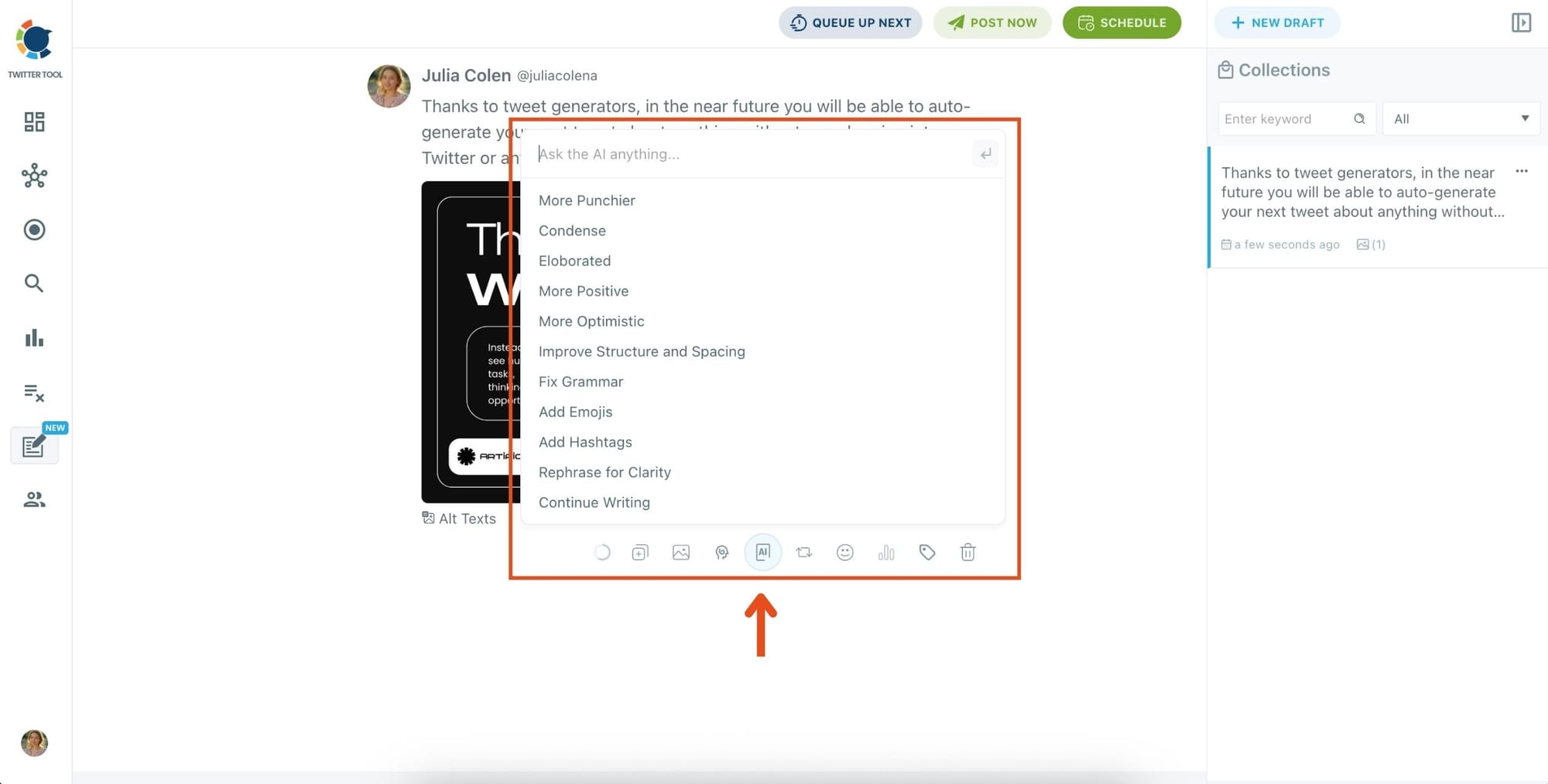
The AI tools are designed to match your tone—whether you want something professional, casual, or energetic.
Step 6: Set auto-repost to increase visibility
You can turn on the Auto Repost feature to reshare your tweet automatically.
Set how long to wait before reposting, when to un-post it, and how many times to repeat the cycle.

This is a useful way to reach followers across different time zones without any manual effort.
Step #7: Post or schedule your tweet
Once your tweet is ready, you can choose to post it immediately or click the green “Schedule” button to post it later.
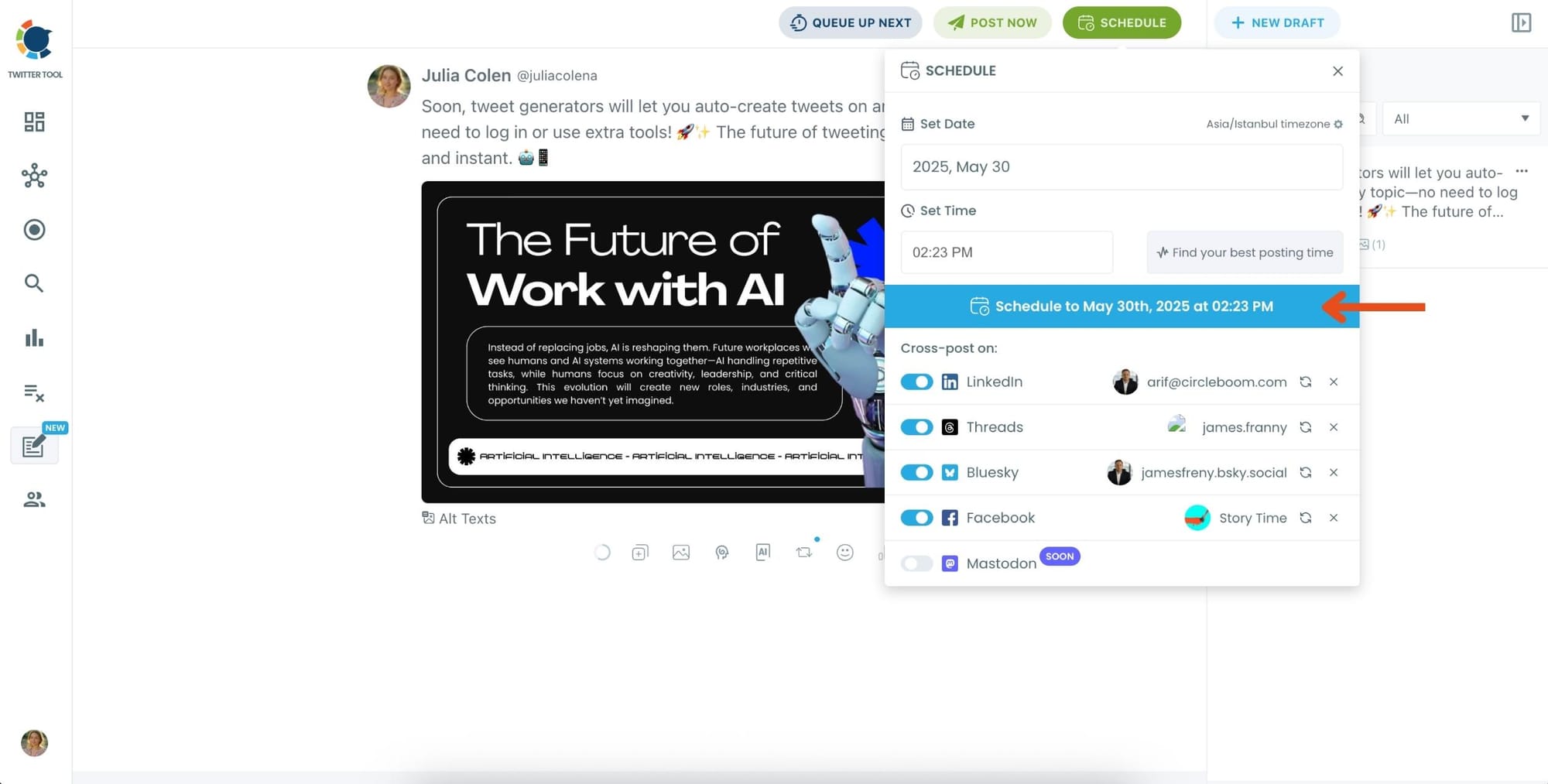
You can choose the exact date and time or let Circleboom suggest the best posting time based on your audience activity.
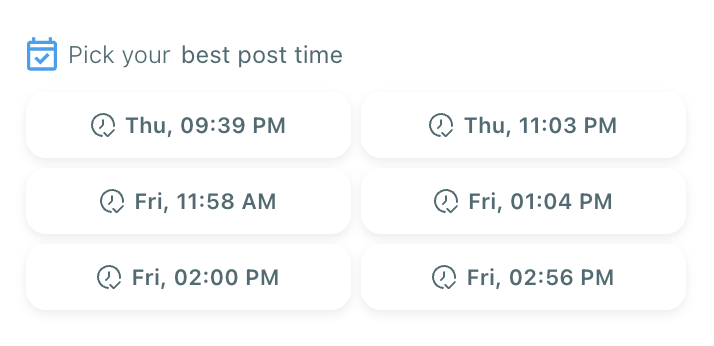
Your tweet will be automatically published at the optimal moment.

Conclusion
Both Twitter and Facebook offer unique advantages, and the choice between them depends on your specific needs and goals. Twitter excels at real-time communication and professional networking, while Facebook shines in community building and broader audience engagement. For me, the best approach is to use both platforms to their fullest potential, ensuring that I don’t miss out on any opportunities.
If you’re managing multiple social media accounts, consider trying Circleboom to simplify your workflow and keep your content consistent across all platforms. Whether you’re tweeting in real-time or engaging with your Facebook community, Circleboom makes it easy to stay connected with your audience.

